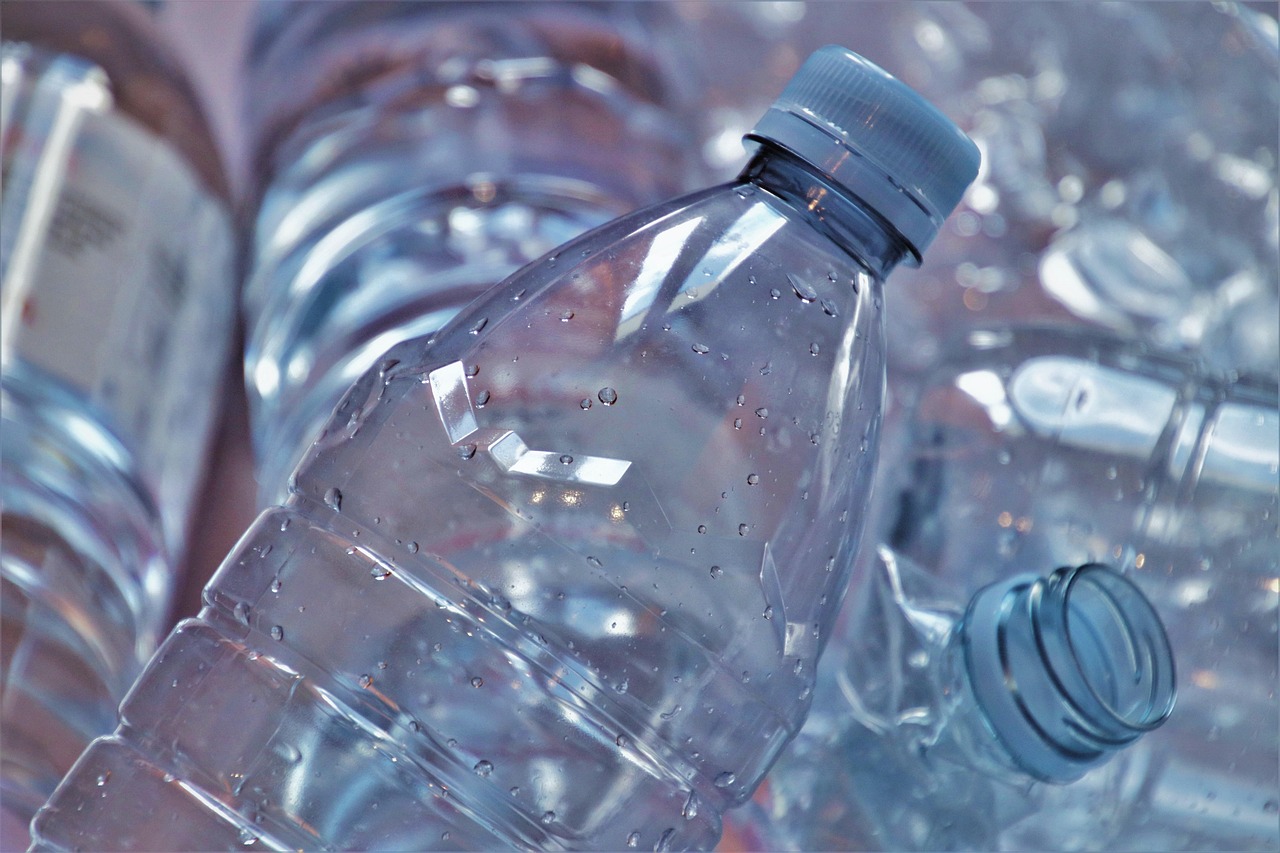 WARTA KOTA, JAKARTA – Executive Director of the Regional Information Review Center (PATTIRO) Sad Dian Utomo said that the Minister of Health, Nila Djuwita F Moeloek, had a lot of homework to do to deal with the high maternal mortality rate (MMR) in Indonesia.
WARTA KOTA, JAKARTA – Executive Director of the Regional Information Review Center (PATTIRO) Sad Dian Utomo said that the Minister of Health, Nila Djuwita F Moeloek, had a lot of homework to do to deal with the high maternal mortality rate (MMR) in Indonesia.
“There is a lot of homework waiting for Nila Moeloek to complete in this new position. Especially reducing the MMR as part of the ‘Millennium Development Goals’ (MDGs),” said Sad in Jakarta, Wednesday.
Some of the homework, he said, was a factor in the aspect of health experts. The neglect of midwives’ welfare is one of the issues. Low pay, even below the minimum wage rate. Even though the investment spent on education is not small.
“Not to mention that standards are less controlled because standardization is not carried out directly by the Ministry of Health. On the other hand, the minimum number of doctors deployed to the field also makes this condition worse,” he said.
Sad said that infrastructure constraints must also be considered by the Ministry of Health. The reality is that many secondary health centers (Pustu) have been built at the village level, but there are no midwives working and operational management is unclear. This example was found by the PATTIRO research team, one of them in Banten Province.
Another reality, said Sad, is that health service centers are difficult to reach, so people have to dig deep into their pockets just for transportation costs.
“The condition of roads that are damaged or even unavailable also makes this situation worse, so that in some cases, pregnant women force pregnant women to use other methods to get health services, such as walking or using a boat. Even though this clearly endangers the mother and her unborn baby,” he said.
Another homework is the handling of socio-cultural aspects which are also closely related to adverse conditions related to MMR. In several areas in Indonesia, there is a myth that mothers and babies cannot be taken out of the house before 40 days. In fact, this is a vulnerable period for mothers who have just given birth, so intensive supervision and care from medical personnel is actually required.
“Meanwhile, the decision to evacuate if necessary is not taken by the mother. Usually this decision is taken by the husband or family. Even so, the help of local residents is still needed to help with the delivery.”
Therefore, Sad sees the need for support from all elements in the surrounding environment to help the mother and baby survive this vulnerable period. “What is no less important is the creation of real policies to strengthen the function and role of Community Health Centers as the spearhead of public health facilities.”
“Nila Moeloek, who has experience as a special envoy of the President of the Republic of Indonesia for the MDGs since 2010, will indeed carry a heavy burden regarding the MMR problem. In the end, we can hope that her flying hours will bring significant changes to better management of the Ministry of Health,” he said.
Furthermore, he explained that data from the 2012 Indonesian Demographic and Health Survey (SDKI) showed that MMR was getting worse, namely 359 cases per 100 thousand births. This situation is worse than during the 1997 crisis, namely 334 per 100 thousand births.
“Global Burden Disease” in 2013, he said, stated that every hour in Indonesia a mother dies due to pregnancy or childbirth, and 17 toddlers die. All these facts are pathetic, especially considering that Indonesia is pursuing the MDGs target with the number of MMR not exceeding 102 cases.
“As if to explain, information from the Asian Development Bank (ADB) in 2013 showed that the maternal and infant mortality control programs carried out by the Indonesian Government were ineffective,” he said. (Between)
*This press release was published on the Warta Kota news site on Wednesday, 29 October 2014. Read the article here.





